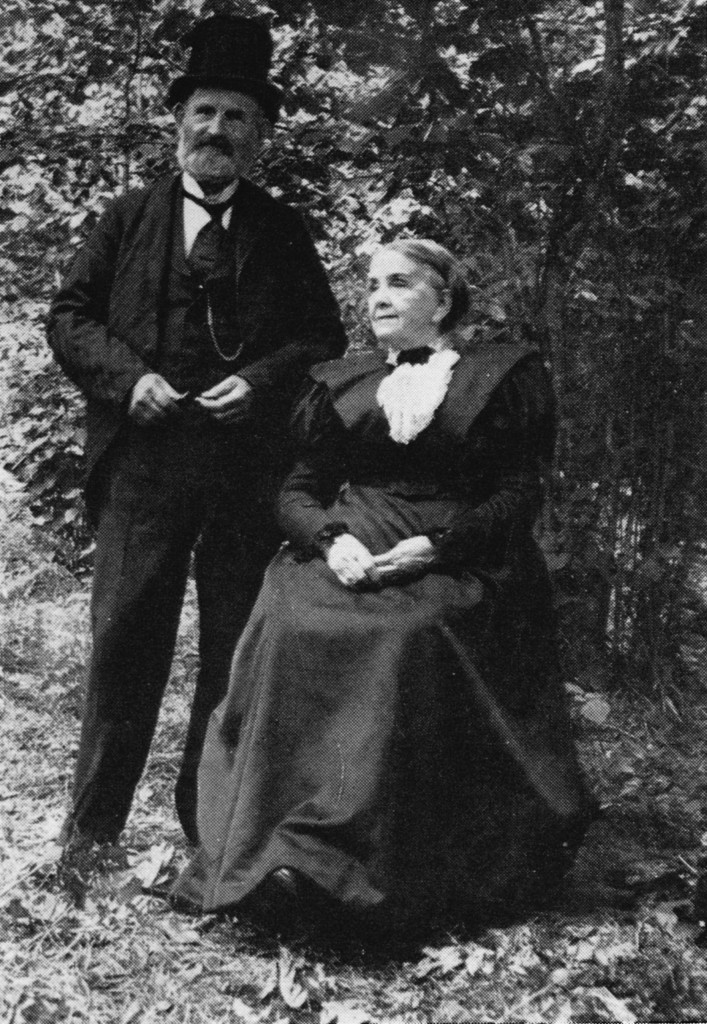In 1853, the enterprising Judson family set out from Ohio to start a new life in the Washington Territory. They first settled in Grand Mound, followed by a stint in Olympia, where Holden Judson served in the Territorial Legislature. Eventually, they made their way north to the Nooksack River and founded the town of Lynden, Washington, described by Phoebe Judson (aka the “Mother of Lynden”) as a “goodly land” near “Mount Baker’s frosted dome,” in her account of their journey through the Territory, A Pioneer’s Search for an Ideal Home : A Personal Memoir, part of the library’s digital collections.
On the cusp of the 4th of July, it seems appropriate to highlight a passage describing one of the first Independence Day celebrations in the Territory:
Here all the settlers within a radius of ten to twenty miles had gathered. The company was not so large but I could count them all, for I have not forgotten their names or faces, but we found a good time did not depend upon numbers; for never was festal day spent more joyously than this, our first Fourth of July celebration in the territory–showing our patriotism by unfurling the Stars and Stripes to the breeze and saluting it by hearty cheers that made the sunlit air ring with the music of peace and joy–a more fitting tribute than the deafening roar of the cannon, which speaks of carnage, and the awful desolation and woe that follow in the train of war.
Sadly, this peaceful celebration was soon followed by an outbreak of war, as conflicts heightened between the Territorial Government and local Indian tribes. Read more about the day, and sample many more slices of Territorial life lovingly chronicled in Phoebe Goodell Judson’s memoir.















